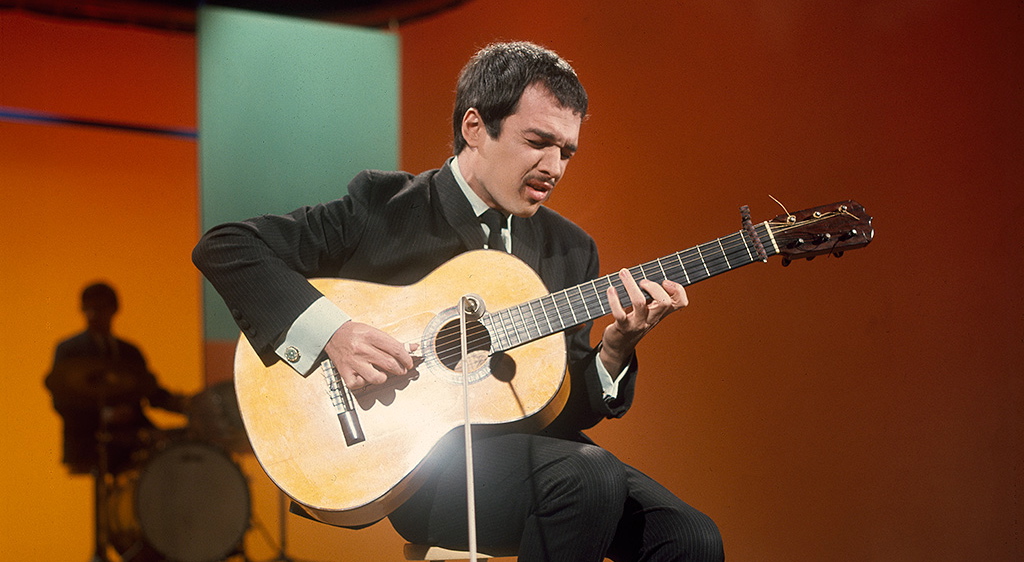
Lenny Breau was a guitarist with staggering technique and a mind for innovation; he played with an evocative style that effortlessly jumped between genres. Breau used a fingerstyle (as opposed to a plectrum style) that opened up melodic and harmonic possibilities not previously explored by jazz guitarists.
Breau’s fully matured technique was a combination of Atkins’ and Travis’ fingerpicking and Sabicas-influenced flamenco, highlighted by extraordinary right-hand independence and flurries of artificial harmonics. His harmonic sensibilities were a combination of his country roots, classical, modal, Indian, and especially jazz, particularly the work of pianist Bill Evans. Beyond Breau’s breath-taking skill, he was equally known for his gentle nature and warm smile.
A documentary entitled “The Genius of Lenny Breau” was produced in 1999 by his daughter Emily Hughes. Along with an intimate look at the musician, it also included interviews and excerpts of him with others, including Chet Atkins, Ted Greene, George Benson, Pat Metheny, Leondard Cohen, and Randy Bachman. A second documentary on Breau, “One Long Tune: The Life and Music of Lenny Breau,” by Ron Forbes-Roberts, was produced a few years later. Several DVDs have also surfaced recently, chronicling the life and times of one of jazz music’s most adored guitarists.

During his lifetime, Lenny’s ability to play the guitar has been described in many ways. Chet Atkins once called Lenny “the greatest guitar player in the world. If Chopin could have played the guitar, he would have sounded like Lenny Breau.” And respected guitar great Danny Gattin once said, “Lenny Breau played more great stuff at one time than anybody on the planet, with feeling and tone. He was the best that ever lived, bar none.”
